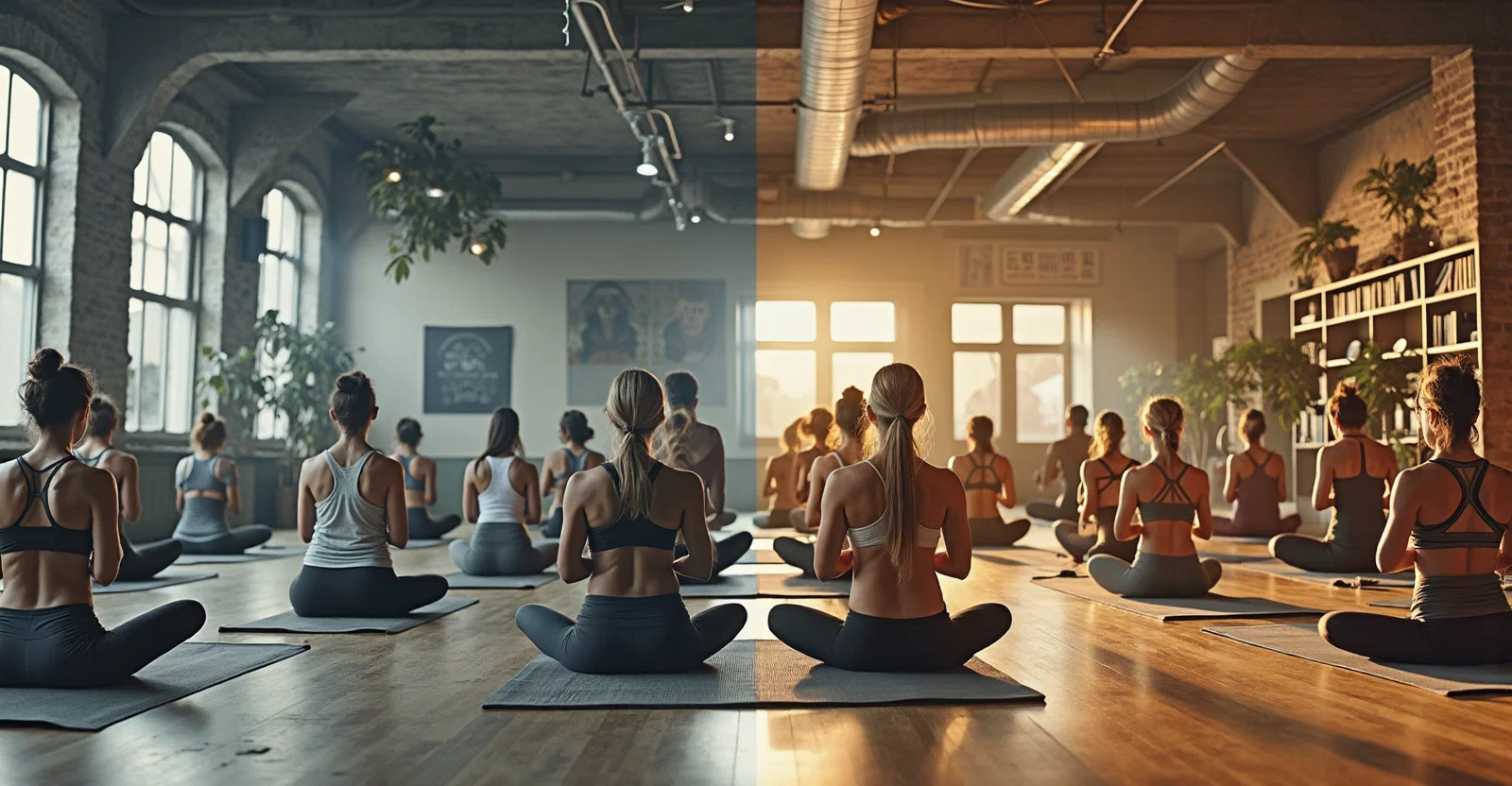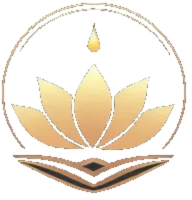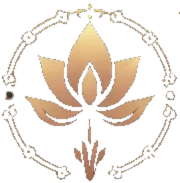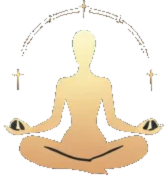Just a few years ago, fitness enthusiasts had few options if they wanted to try a yoga class. Today, yoga is a mainstay on the program schedules of most health clubs, personal training studios, YMCAs and corporate fitness centers. Unlike many other forms of training, the practice of yoga unfolds over time to reveal many layers of physical benefits and personal revelations. Now, more and more people are discovering the myriad ways that yoga can be used to improve athletic performance, from increasing mental concentration and improving flexibility and balance to preventing common injuries and honing skills in a particular sport. Whether by creating an entire training program for elite athletes or by simply integrating a few yoga poses into an existing group fitness class, fitness professionals at all levels can use yoga as an effective cross-training tool for their own athlete clients.
Finding Focus
The practice of yoga was first developed in India and has evolved over thousands of years. Yoga disciples use poses, or asanas, to prepare their bodies for meditation practice, much as an athlete would prepare for a sports competition. The poses also serve as a means to alter one’s consciousness and mental focus in the spiritual quest for “enlightenment.” This spiritually transformative process is, in fact, the overriding purpose of the practice of hatha yoga. In essence, yoga is designed to bring body, mind, and spirit into balance.
Through the practice of yoga, elite athletes and weekend warriors alike can benefit from this type of balance. This is especially true when athletes have pushed their bodies to the max, resulting in weakness or injury. Yoga can restore a weakened body and build it back up. Yoga postures, breath work, and inner focus can help rebalance, strengthen, and restore overtaxed muscles, joints, and ligaments. Through this restoration process, athletes can increase their career longevity and develop an inner balance that will last a lifetime. Balancing the mind, body, and spirit is a primary philosophical principle of yoga. It is considered the true way to honor the body.
Athletes in all sports are finding that yogic conditioning not only elongates tight, shortened, fatigued muscles but also brings calmness and clarity to the mind. Some athletes begin the practice to rehabilitate an injury and to gain more flexibility, stability, and strength. Others take it up to increase their powers of concentration and quiet the mind. And some do it because they don’t want to miss out on what everybody else is raving about. The reasons are many, but the results are consistent.
The Eight Limbs of Yoga
Yoga is composed of many layers, all of which can enhance athletic performance. These layers are referred to as the eightfold disciplines, or the eight “limbs” of yoga. The eight limbs form the main principles of yoga, as follows:
Yama
Refers to universal ethics.
Niyama
Refers to personal ethics.
Asana
Refers to posture.
Pranayama
Refers to breath.
Pratyahara
Refers to withdrawal or quieting of the senses.
Dharana
Refers to inner focus or concentration.
Dhyana
Refers to meditation, reflection, or observation.
Samadhi
Refers to absorption with the whole being, or absolute enlightenment.
While athletes can benefit from all these principles, and they are all equally important to enhancing athletic performance, fitness professionals teaching yoga should focus on the limbs that fall within their area of expertise, for example, asana, pranayama, dharana, and dhyana.
Athletes can benefit from these limbs just as they benefit from other tools they use to optimize their performance. For example, a tennis player intent on making contact with the ball and returning it to an exact spot on the opponent’s side of the court is exhibiting inner focus, or dharana. Now imagine that at the crucial moment of play, a gust of wind picks up, a fan screams words of encouragement, and a car crashes in the parking lot. If the tennis player can completely withdraw attention from these potential distractions and remain steadfast in play, he will be revealing pratyahara.
Injury Prevention
One of the best lessons athletes can learn from practicing yoga is how to respect their body’s strengths and limitations. This knowledge is essential to preventing sports injuries. Yoga is a powerful biofeedback tool that can help athletes develop better body awareness. Listening to the body and responding to its messages is a way to honor the body and not push it over the edge.
Like runners, tennis players experience a tremendous amount of pounding, shortening, and tightening of their muscles. When players do not restore, elongate, and stretch these muscles, imbalances and injuries frequently occur. Competitive athletes who perform repetitive motions, such as swinging a tennis racket repeatedly, end up with tight overused muscles that just keep getting tighter and weak underused muscles that just keep getting weaker. Tight muscles are hard, inflexible, and brittle; their lack of elasticity contributes to joint instability and decreases resiliency. The tension in tight muscles hinders blood supply and creates scar tissue, which renders the muscles less elastic. Therefore, an athlete with tight muscles has to work harder, which in turn creates even more stress. This classic overuse syndrome is experienced by many athletes.
Deciding on the Right Yoga Style
Hatha yoga is the umbrella term for many different styles of yoga, such as Anusara, Ashtanga Vinyasa (sometimes called “power yoga”), and Iyengar. These styles are all powerful, dynamic, alignment-oriented types of yoga that are well suited for fitness and sport adaptation.
Depending on their goals and personalities, athletes may prefer one form of yoga over another. For example, some athletes may prefer a style that emphasizes holding postures for longer durations, while others may prefer a format that emphasizes optimal alignment. Certain individuals may gravitate toward a style that accentuates the spiritual aspects of yoga, whereas others may relate more to a style that emphasizes the physical component. Some will be seeking a gentler therapeutic yoga style that focuses on stretching poses, while others will want to increase their strength and stamina. Finally, some will be keen to touch on all of these elements in one class.
Starting Sports Yoga Conditioning
Mastering the physical and mental challenges of yoga can be a revelation for athletes accustomed to years of a different kind of training. Most athletes are used to conditioning in a particular way, usually by isolating specific muscle groups to increase the intensity and frequency of their training regimen. This kind of conditioning focuses on isolating different parts of the body. Yoga, on the other hand, is based on the principle of integrating the body as a whole and shifts the emphasis to the quality of movement. This new holistic approach can reveal weaknesses and imbalances that may never have been exposed before.
In some ways, this new acceptance of the body’s limitations can be the first step in an athlete’s growth. Becoming more aware of the body’s own restraints is really the root of niyama. Learning difficult yoga poses requires time and patience, and the process itself teaches respect for one’s own limitations. Taking the time to learn each pose, along with its respective function, will likely present new challenges for athlete clients. They will begin to appreciate that each pose uses the body as a whole, and the effectiveness of the poses is determined by the quality of movement. This is far from focusing on how many reps or laps they can do in a single training session.
You can help clients adapt to this new approach by gradually increasing the amount of time devoted to yoga in their training sessions. For example, start off by devoting about 15 minutes to yoga poses, then gradually progress until these poses constitute roughly half of all classes or training sessions. It is best to have clients perform the poses either during the warm-up or after the more strenuous portion of the workout, when the heat from exertion causes tissues to be more pliable and receptive to stretching.
Keep in mind that some of your athletes may balk at reducing time spent on more vigorous training, while others may be intimidated by their inability to perform the poses well. Remind them that yoga does not just stretch the body; it also strengthens all muscles, including the deep stabilizers; heightens body awareness, or proprioception; reduces stress; and counterbalances the repetitive actions your clients perform in their sport. Adding yoga to their regimen will ultimately result in a full-spectrum approach to sports conditioning.
The Importance of Postural Alignment
The postural alignment of the asanas described in this article is based on Anusara yoga, which focuses on specific principles of alignment. Anusara yoga is practiced by using the strength of the body to keep the muscles engaged while they are being stretched. This can help athletes tremendously because isometric muscle strength increases even as the muscles elongate. Since athletes gain flexibility without losing strength, their speed, power, and force improve.
Before having clients attempt any yoga pose, it is important to teach them how to achieve and maintain proper postural alignment during asanas. All of the poses pictured in the pages that follow rely on the same alignment principles. Try this yourself so you understand the necessary actions.
Step 1
First, become aware of your breath, and focus on being in the moment. Next, isometrically engage all of your muscles, starting with the feet and moving slowly up your body, isometrically engaging the muscles, or “hugging” them onto your bones.
Step 2
While maintaining muscle engagement, open the pelvic floor by taking the tops of the thighs back toward the hamstrings. Draw the tailbone down so that the low belly lifts away from the fronts of the thighs. As you do this, focus on the muscles of the pelvic floor and the transversus abdominis and lower rectus abdominis muscles. This creates core stability, which allows you to safely elongate to your furthest point of the stretch. Keep in mind that athletes who are tight in the hamstrings, hips, or low back tend to have an excessive posterior pelvic tilt.
Sport-Specific Yoga Poses
The asanas described in the following sections are examples of some of the best choices for popular competitive and recreational sports, including running, swimming, cycling, skiing, tennis, and golf. Due to space constraints, not all poses are described in detail. When introducing yoga poses into training programs, start slowly and gradually add postures during the warm-up or cool-down section of the workout.
Although all poses described can be used with all clients, certain poses are more conducive to specific sports. For each sport, the pose shown is an excellent choice. Other poses mentioned in the text will also help athletes in that sport.
From a safety perspective, all poses described as prep or modified are good choices for athletes with limited flexibility and stability. Props like a stability ball, strap, or walls in a room can help beginners modify poses and allow them to challenge their balance while recruiting deep intrinsic muscles, thereby increasing core strength.
Poses can be held anywhere from 45 seconds for beginners up to five minutes for advanced students. Poses that are more vigorous should be held for shorter lengths of time. Throughout each pose, cue clients to breathe.
Final Thoughts
After doing the asanas, it is important to ensure athletes lie down and completely relax in Savasana, or corpse pose. This integral relaxation component is often eliminated in training, yet it is needed after a vigorous workout. This component is also deeply satisfying and enjoyable.
Curbing the Chatter
One of the most important abilities athletes can master is to remain focused on their sport. Remaining impervious to distractions or mental chatter is how athletes withstand hours of training and stay competitive. This inner focus and concentration can be honed through yoga. By exercising pratyahara, or withdrawal of the senses, and dharana, or focus and concentration, athletes can learn to quiet a busy mind and be in the now.
One exercise is to have clients lie down or sit comfortably with an elongated spine and eyes closed. Have them focus on their breath, following its flow. Cue them to visually see inhalation move from the periphery of the body through the lungs, ribs, diaphragm, and belly, and finally into the core of the pelvis. Then tell them to watch exhalation move from the inner body back out to the periphery. Thoughts will come and go. Witnessing the thoughts rather than getting caught in them helps quiet the mind.
Use visualization to assist this process. Likening the thought process to waves ebbing and flowing on a shoreline, or clouds moving across the sky, can help clients release tension. Gradually increase the length of each inhalation and exhalation. After about five minutes, return to gentle natural breathing and quietly open the eyes. Observe the difference between before and after the exercise.
More Yoga for Athletes
Sue Hollingshead will present more detailed information on this topic at the International Yoga Conference, presented by IDEA® and Yoga Journal, in San Diego, June 27 to 28. To register for this event or obtain more information, call (800) 999-4332 ext. 7, or (858) 535-8979 ext. 7.
Yoga for Sports Performance
Running
Runners pound and hammer their bodies on different hard surfaces, resulting in injury or overuse to the muscles and tendons of the legs, feet, hips, and low back. One of the best yoga poses for runners is Eka Pada Rajakapotasana Prep (pigeon pose prep), which stretches many muscles, including the hip flexors, gluteals, piriformis, psoas, low-back, and groin muscles. Also good for runners are any lunging poses that lengthen the Achilles tendons and soleus muscles, such as Virabhadrasana 1 (warrior pose). To deeply stretch the hamstrings, the best choices are Parsvottanasana (extended sideways pose) and Supta Padangusthasana Prep (supine hand-to-big-toe pose prep).
Golf
Golfers need to repeatedly twist their body in one direction to swing a golf club. Mastering the sport of golf requires tremendous strength in the entire torso. To strengthen and flex the spine, try Utthita Trikonasana (triangle pose) and Bhujangasana (cobra pose). Golfers can also gain strength, flexibility, and stability by doing twisting poses, such as Ardha Matsyendrasana (pretzel pose).
Skiing
Skiers often incur injuries in their low back and knees. They also tend to have overdeveloped quadriceps and weak or tight hamstrings. These conditions can be improved by doing poses that strengthen the joints and muscles of the low back, knees, and posterior legs. Examples include Utthita Trikonasana (triangle pose), Modified Virabhadrasana 3 (modified warrior pose with hands on hips or bent 90 degrees at sides), Paschimottanasana (seated forward fold pose), Supta Padangusthasana Prep (supine hand-to-big-toe pose prep), and Bhujangasana (cobra pose).
Tennis
Because of the demands of tennis, players often lose suppleness in the back and torso and deplete strength in their shoulders, elbows, and wrists. Prasarita Padottanasana (legs spread wide, forward bend while standing) is excellent for opening the shoulders and deeply stretching the hamstrings and adductors. Other good choices are Utkatasana (chair pose), which strengthens the abdominal muscles and stretches the Achilles tendons, calves, and spinal column, and Virabhadrasana 2 (warrior 2 pose), which builds strength and balance, especially in the lower body. Another excellent pose for strengthening and lengthening muscles of concern for tennis players is Setubandha Sarvangasana (bridge pose), which can be done with or without a strap.
Cycling
Due to the nature of their sport, cyclists tend to have very tight hips and hamstrings. Because of low back kyphosis, these athletes also need to stretch in ways that flex the spine. Poses that address spinal curvature help increase circulation around the lower vertebrae. Like swimmers, cyclists benefit most from poses that stretch the back and open the chest. Examples include Bhujangasana (cobra pose), Dhanurasana Prep (bow pose prep with hands reaching toward the feet), and Ustrasana Prep (camel pose prep with hands on the sacrum rather than reaching to the heels). An optimal pose to stretch tight hips and hamstrings is Eka Pada Rajakapotasana Prep (pigeon pose prep).






Comments are closed